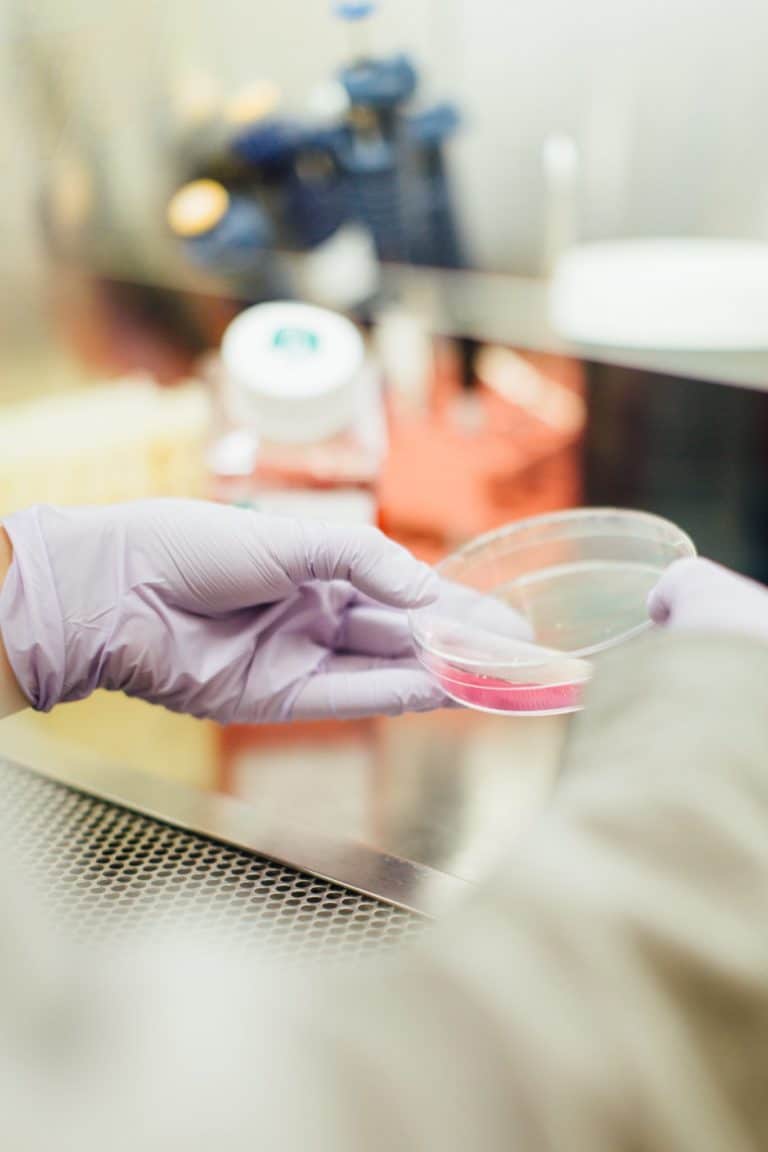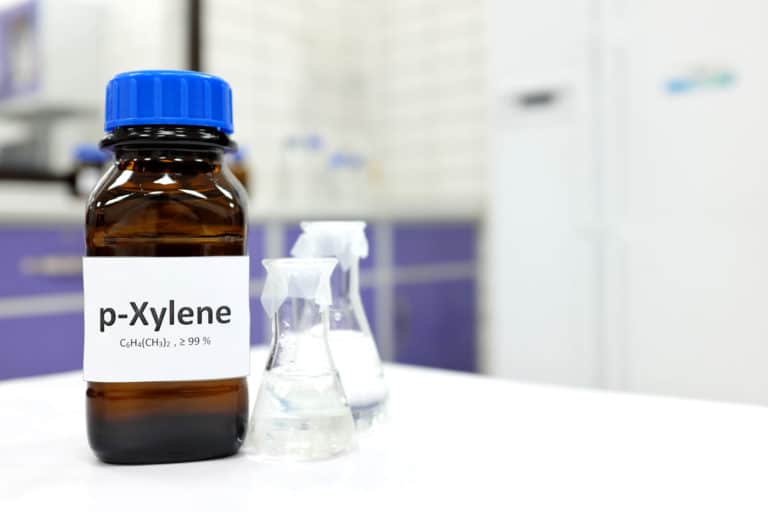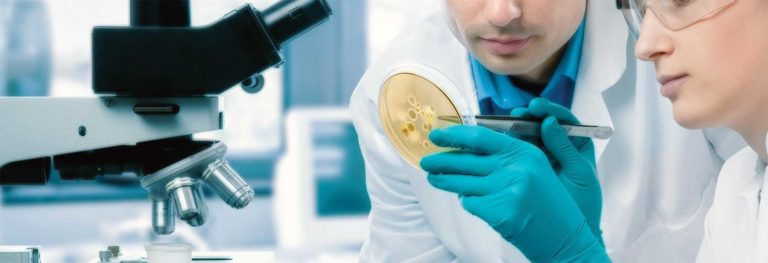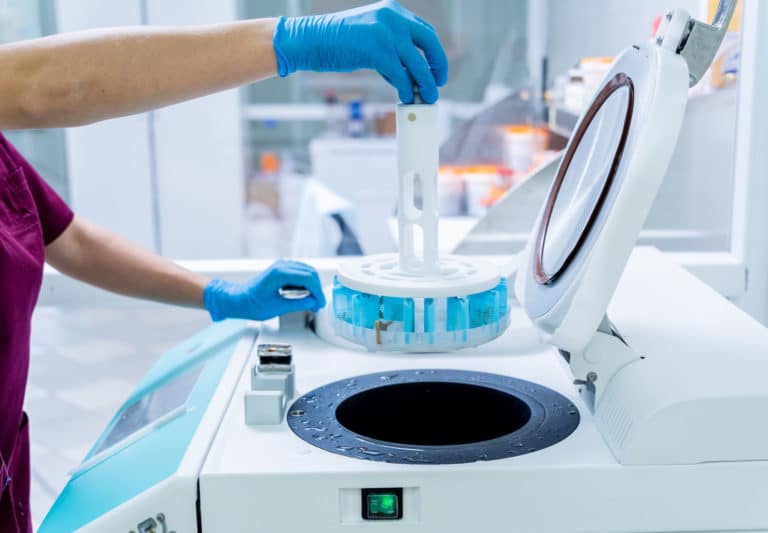The Importance of Maintaining Laboratory Equipment
In order to ensure high-quality data and results in any laboratory, maintenance and good care of all lab equipment is absolutely vital. Properly cared for laboratory equipment is essential. That’s because consistent maintenance assures superior reliability, higher productivity, and the very necessary integrity of the work conducted in histology laboratories each and every day.
Ensure that each of the automated pieces of your lab equipment, such as a cover slipper for one example, is leased or purchased through a company that provides the full support of experienced personnel; personnel that will be on call to help with any issues you may experience with equipment, and who also provide yearly comprehensive check-ups and maintenance. You need each product in your lab to have full support for a seamless workflow
In addition, lab equipment is expensive. When good care and maintenance of the lab’s equipment is routine, the laboratory’s budget funds are better kept intact. It costs a lot to fix or replace lab equipment. Taking care of the equipment saves money that could be utilized for other lab necessities.

Cover Slippers – Care and Maintenance
When choosing an automated cover slipper, make sure its maintenance features include things like battery backup and debris-catching trays. Keep in mind that cover slippers are sensitive to moisture and temperature. Care for your cover slipper by storing it in an area that follows the standards of the manufacturer.
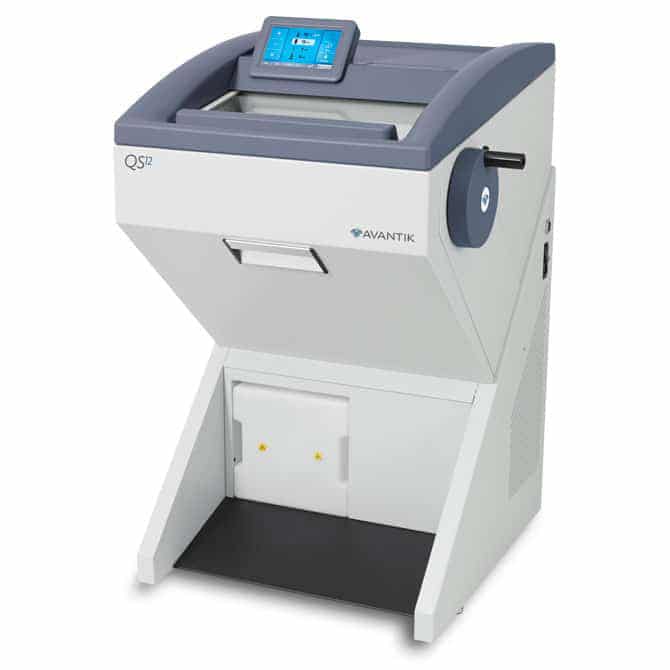
Cryostats – Care and Maintenance
Ensure your lab’s cryostat is located in an area where it can easily take in cool air and expel the warm air. This will aid in your instrument’s cooling capability and lifespan. Furthermore, gently clean the components of the cryostat at the end of each use. These easy care suggestions will help ensure the cryostat continues to produce bio samples that are free of distortion, as well as extend the life of the machine.

Embedding Stations – Care and Maintenance
It is crucial to perform quality control on an embedder and the area around it. QA the lab’s embedding station to ensure workflow that is smooth and precise and that there is always temperature consistency during the process of embedding. Take care that the cassette bath is changed each day so there is no contamination and that any particles of wax on the embedding station are removed with a soft cloth or soft plastic tool.
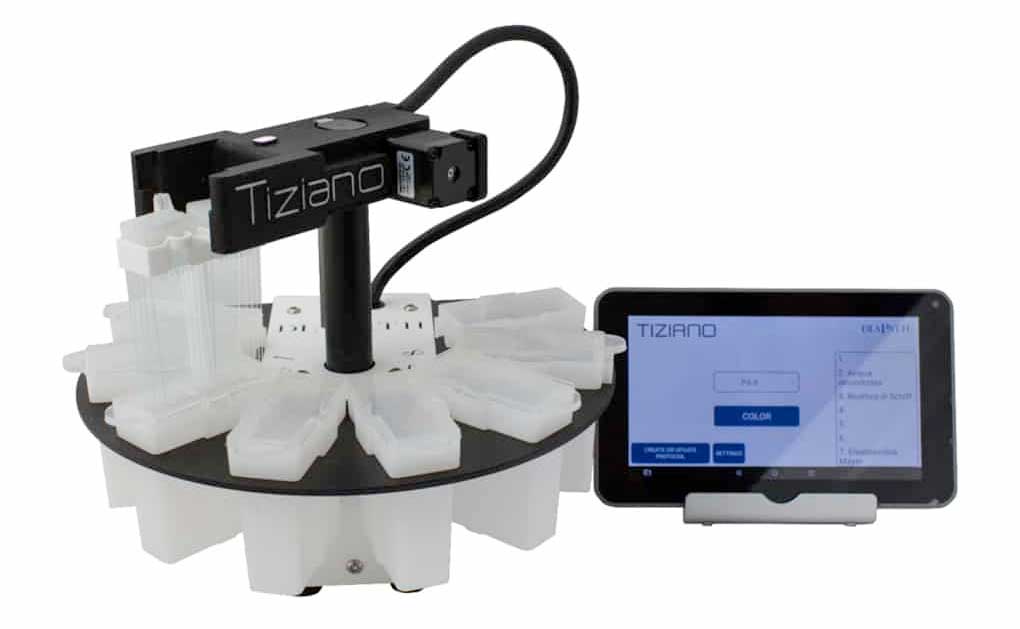
Stainers – Care and Maintenance
Spot-on, excellent staining is a must! This lab data integrity will only continue when Stainers are functioning properly. Caring for and maintaining Slide Stainers doesn’t have to be difficult if done on a consistent basis. The staining racks for a Stainer need to be gently cleaned daily. Furthermore, the reagent vessels must be cleaned of any dried-up debris that could spoil a much-needed stain.

Tissue Processor – Care and Maintenance
Care for tissue processors includes checking the chemical fume filters that are within the tissue processor. What’s more, maintenance includes the assurance that the filters used for the fume hood in grossing areas are appropriate for the reagents being used, and that the filters are replaced on a regular basis. This kind of care will not only make certain the machine is working the way it should but will also protect the technicians and histologists in the laboratory from potentially harmful fumes.


